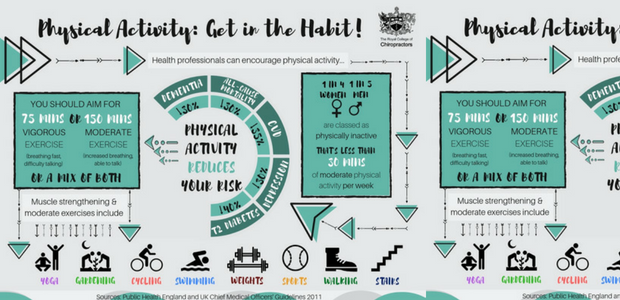Prepare Yourself To Explore The Interesting Cellular Communications Of Cold Laser Treatment And Its Use Of Light For The Purpose Of Healing. Delve Even More Into The Realm Of Scientific Research!
Prepare Yourself To Explore The Interesting Cellular Communications Of Cold Laser Treatment And Its Use Of Light For The Purpose Of Healing. Delve Even More Into The Realm Of Scientific Research!
Blog Article
Content Create By-Krog Kornum
You may have heard of cold laser treatment as a promising treatment choice for various problems, but have you ever wondered just how it really works with a mobile level? Understanding the systems behind this treatment can shed light on its efficiency in promoting recovery and reducing swelling. By discovering https://claytonnubkq.blogacep.com/39099795/a-comprehensive-handbook-on-cold-laser-therapy-a-reliable-non-invasive-approach-for-easing-pain behind cold laser treatment, you'll gain understandings right into the interesting ways in which light can affect cellular processes and facilitate tissue repair.
Exactly How Cold Laser Treatment Functions
To recognize just how cold laser therapy works, you need to realize the essential concepts of exactly how light energy communicates with organic cells. Cold laser therapy, additionally known as low-level laser treatment (LLLT), utilizes particular wavelengths of light to pass through the skin and target underlying tissues. Unlike the intense lasers made use of in procedures, cold lasers send out reduced levels of light that do not generate warmth or create damages to the cells.
When these gentle light waves reach the cells, they're soaked up by parts called chromophores, such as cytochrome c oxidase in mitochondria. This absorption sets off a series of organic actions, consisting of raised cellular power manufacturing and the launch of nitric oxide, which boosts blood circulation and minimizes swelling.
Moreover, the light power can also stimulate the production of adenosine triphosphate (ATP), the power currency of cells, helping in mobile repair and regrowth procedures.
Basically, cold laser treatment uses the power of light power to promote healing and ease discomfort in a non-invasive and gentle manner.
Devices of Action
Just how does cold laser therapy in fact work to create its therapeutic effects on biological cells?
check this site out , additionally known as low-level laser treatment (LLLT), runs via a procedure called photobiomodulation. When the cold laser is applied to the skin, the light power passes through the cells and is absorbed by chromophores within the cells.
These chromophores, such as cytochrome c oxidase in the mitochondria, are then boosted by the light power, leading to a cascade of organic reactions. One key system of action is the enhancement of mobile metabolic rate.
The absorbed light energy enhances ATP production in the mitochondria, which is critical for mobile feature and repair service. Additionally, facial rejuvenation fairfield ct helps to minimize swelling by preventing inflammatory mediators and promoting the launch of anti-inflammatory cytokines.
This anti-inflammatory effect contributes to pain alleviation and tissue healing.
Restorative Results
Recognizing the therapeutic results of cold laser treatment includes acknowledging just how the improved mobile metabolic rate and anti-inflammatory buildings contribute to its favorable results on biological cells.
When the cold laser is put on the afflicted location, it stimulates the mitochondria within the cells, causing enhanced manufacturing of adenosine triphosphate (ATP), which is important for cellular function and repair work. This increase in mobile energy increases the healing procedure by promoting cells regrowth and lowering inflammation.
Moreover, the anti-inflammatory residential properties of cold laser therapy aid to decrease discomfort and swelling in the targeted location. By preventing inflammatory moderators and promoting the launch of anti-inflammatory cytokines, cold laser treatment aids in reducing pain and boosting the total recovery feedback.
This decrease in swelling not just offers prompt alleviation yet likewise supports lasting tissue repair.
Final thought
In conclusion, cold laser treatment functions by stimulating cellular repair service and tissue regeneration via photobiomodulation. Its anti-inflammatory properties provide pain relief and lower swelling by preventing inflammatory moderators.
This therapy uses a detailed technique to recovery, supplying both immediate relief and long-lasting cells fixing advantages.
Through its mechanisms of action, cold laser treatment shows to be a reliable and encouraging treatment option for a range of conditions.
